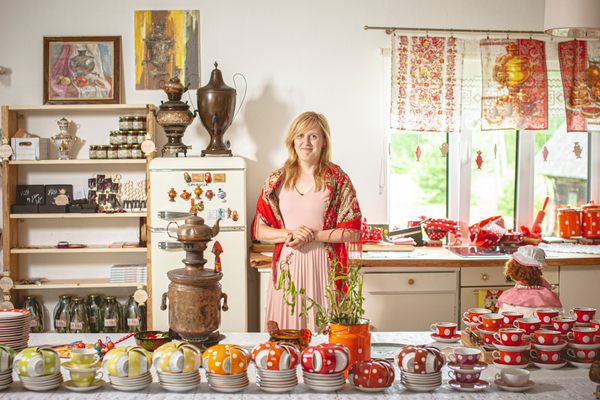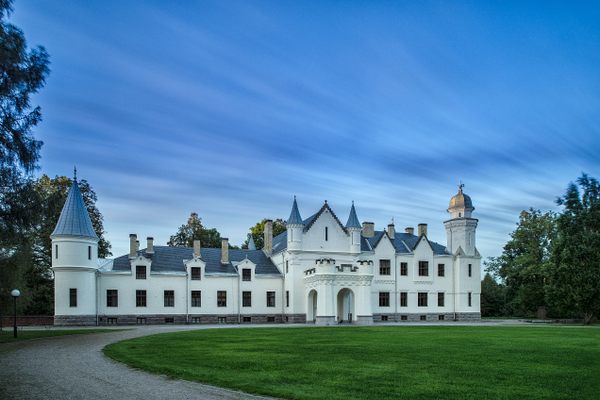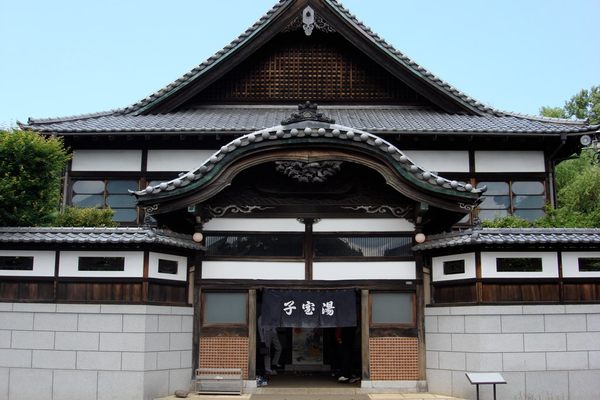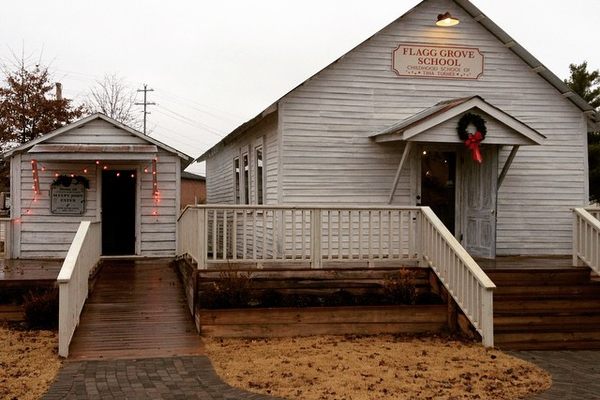Old Believers Museum
Its collection offers a glimpse into the Russian Old Believers' centuries-old way of life.
Along the western shore of the largest trans boundary lake in Europe is a cluster of villages frozen in time. The Russian Old Believers who live in these villages, on what is known as the “Onion Route,” have held onto their religious beliefs and traditions for close to a thousand years.
Fleeing religious persecution in their homeland for refusing to embrace liturgical reforms in the mid-17th century, they found refuge on the forested west bank of Lake Peipsi. There they have lived in virtual isolation, the church services in their prayer houses still being conducted in Old Church Slavonic, an archaic language which few understand.
The youth, however, are now moving away from this orthodox way of life. Instead of pursuing the ancestral occupations of fishing and farming (the onions they grew were well-known in the region), they are leaving home for cities such as Tartu and Tallinn and increasingly integrating into mainstream life in Estonia.
The Old Believers Museum in Kolkja is housed in a few rooms behind the village school. Traditional hand embroidered clothes, old fashioned hand crafted furniture, household items, fading photographs and documents, and rusty, antiquated tools are on display.
The rooms in the museum are authentically furnished for a traditional, multi-generational family of Old Believers. Visitors will see a massive tiled stove dominating the front room, the icon station draped in a ceremonial scarf facing east toward Jerusalem, a parlor set for tea with a burnished metal samovar and a bowl of milk candies (had with tea, instead of milk and sugar), among other exhibits.
Know Before You Go
Visits are by appointment only. Information is available at the tourism office in Tartu.
For a traditional Old Believers meal of fish and onions, the village restaurant in Kolkja is recommended. Weekends are busy, with car loads of visitors from Tartu. Reservations are necessary in order to avoid disappointment. As a nod to modernity, the restaurant does accept credit card payments! English is generally not spoken or understood. A few words of Russian and/ or Estonian are helpful.

















Follow us on Twitter to get the latest on the world's hidden wonders.
Like us on Facebook to get the latest on the world's hidden wonders.
Follow us on Twitter Like us on Facebook